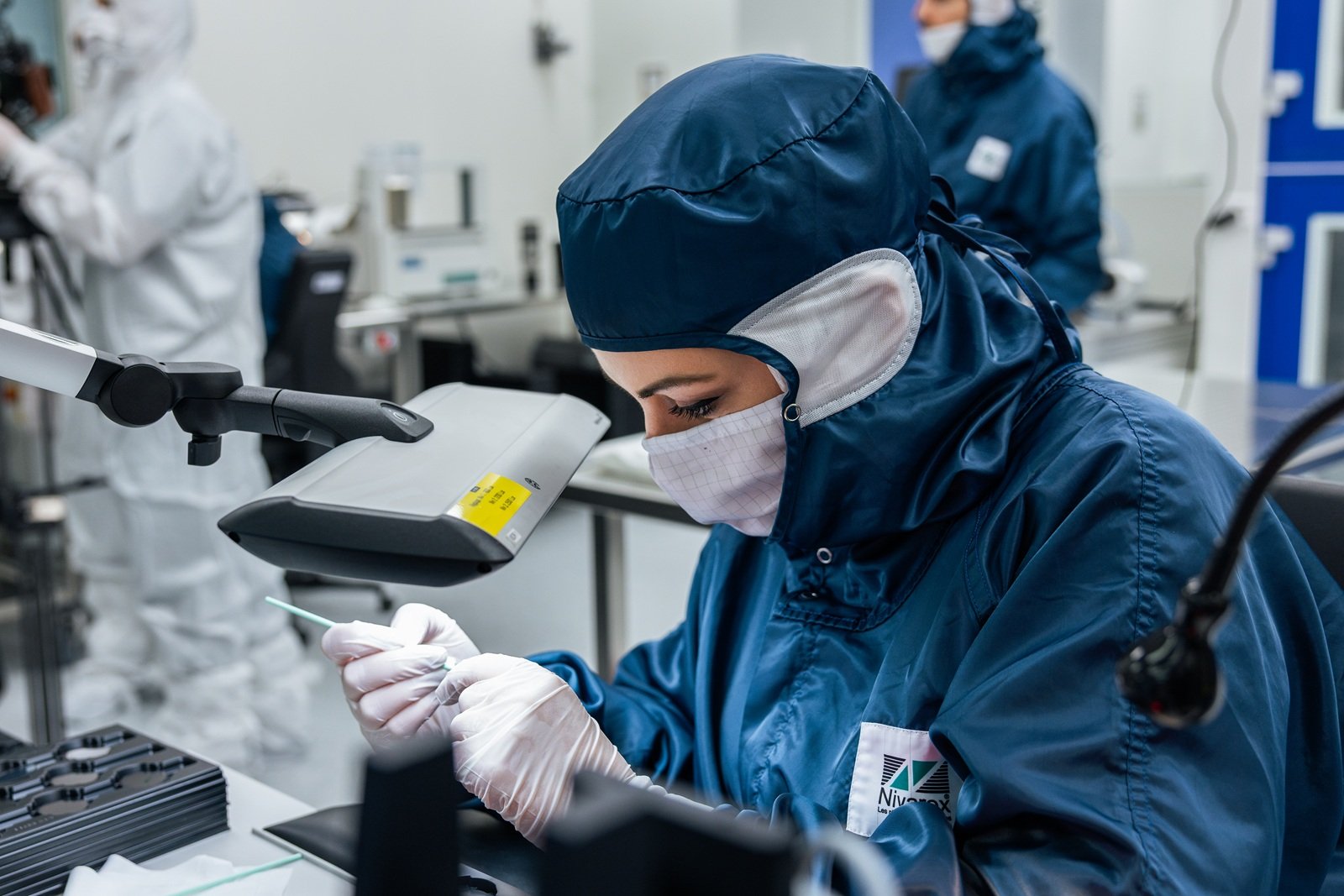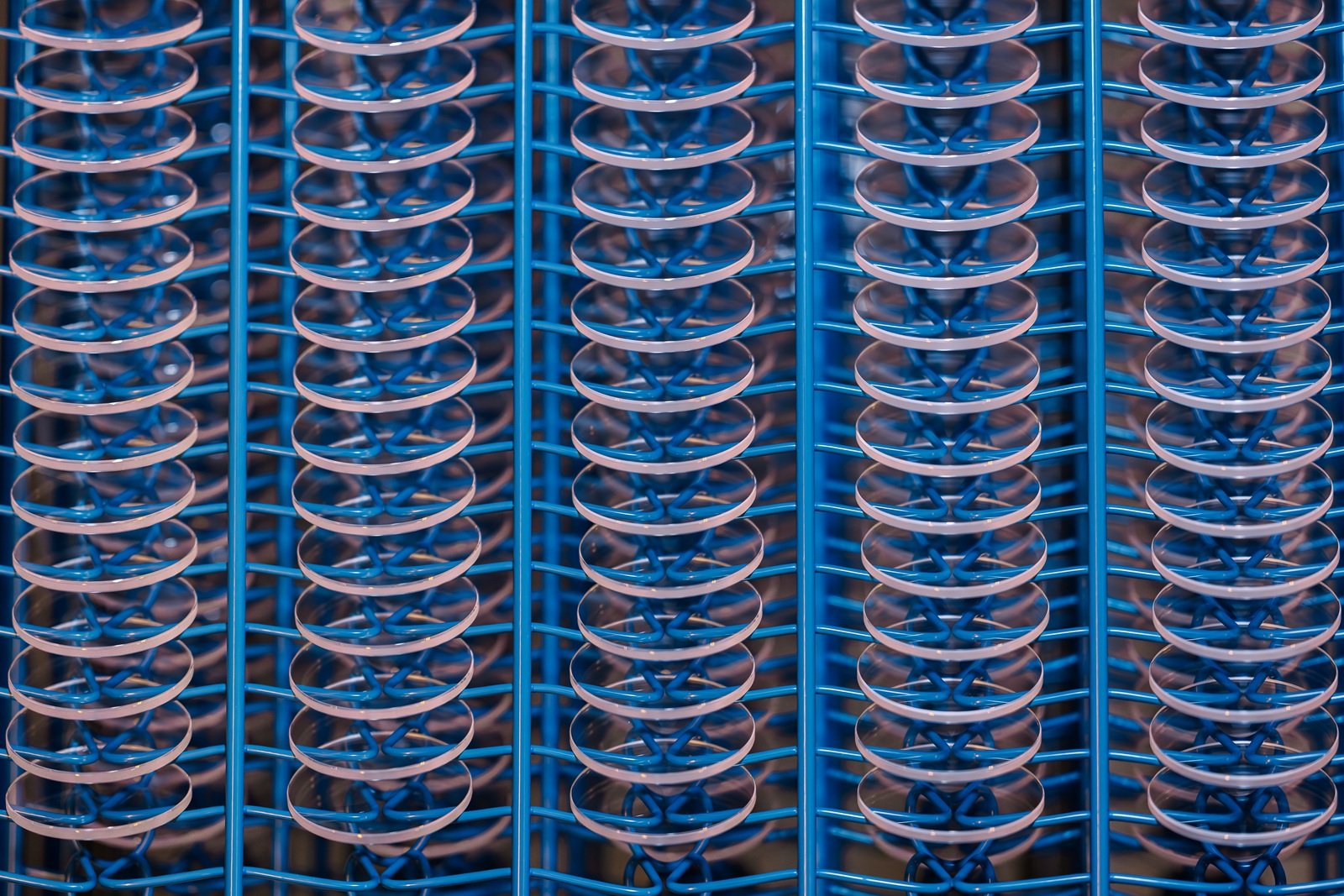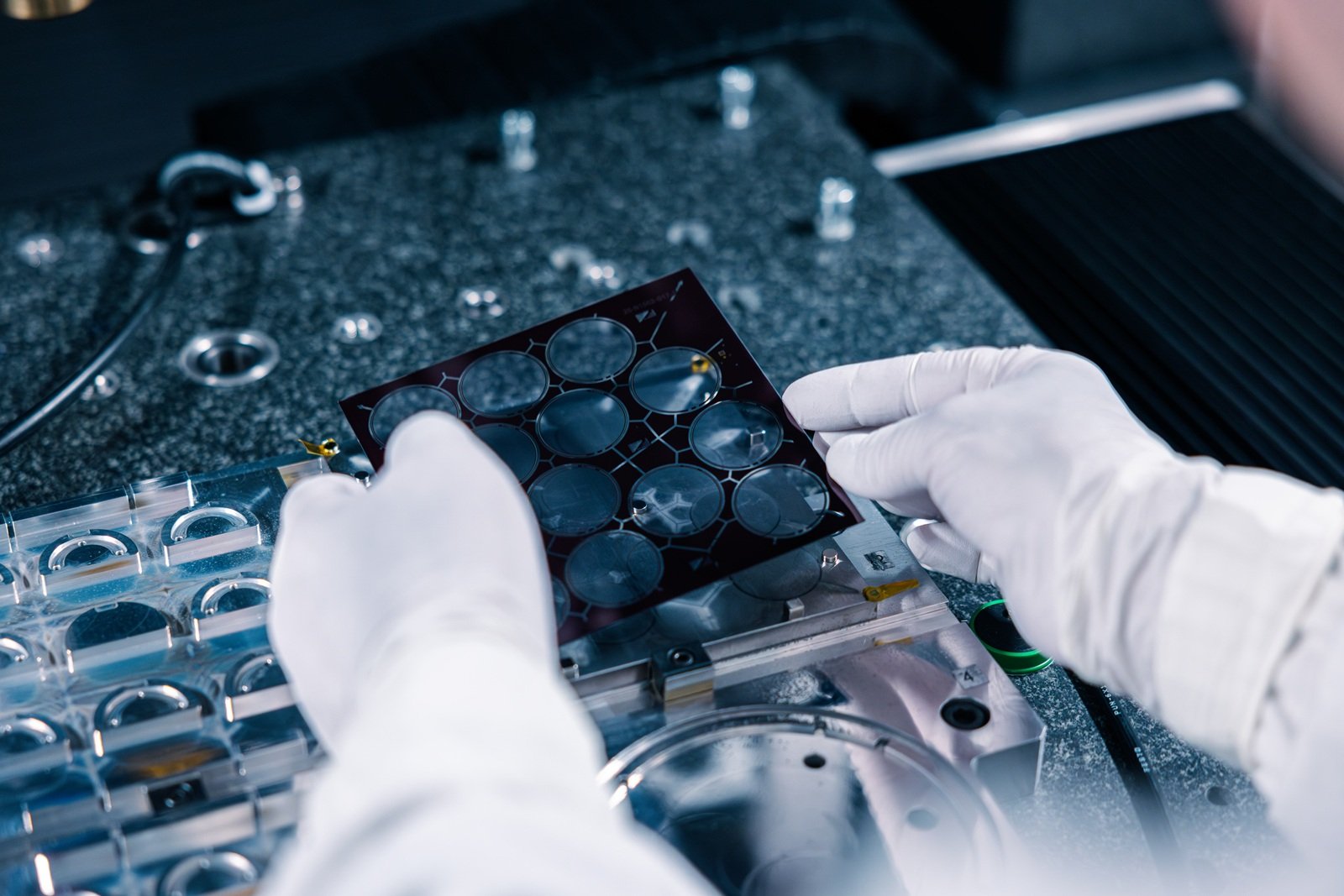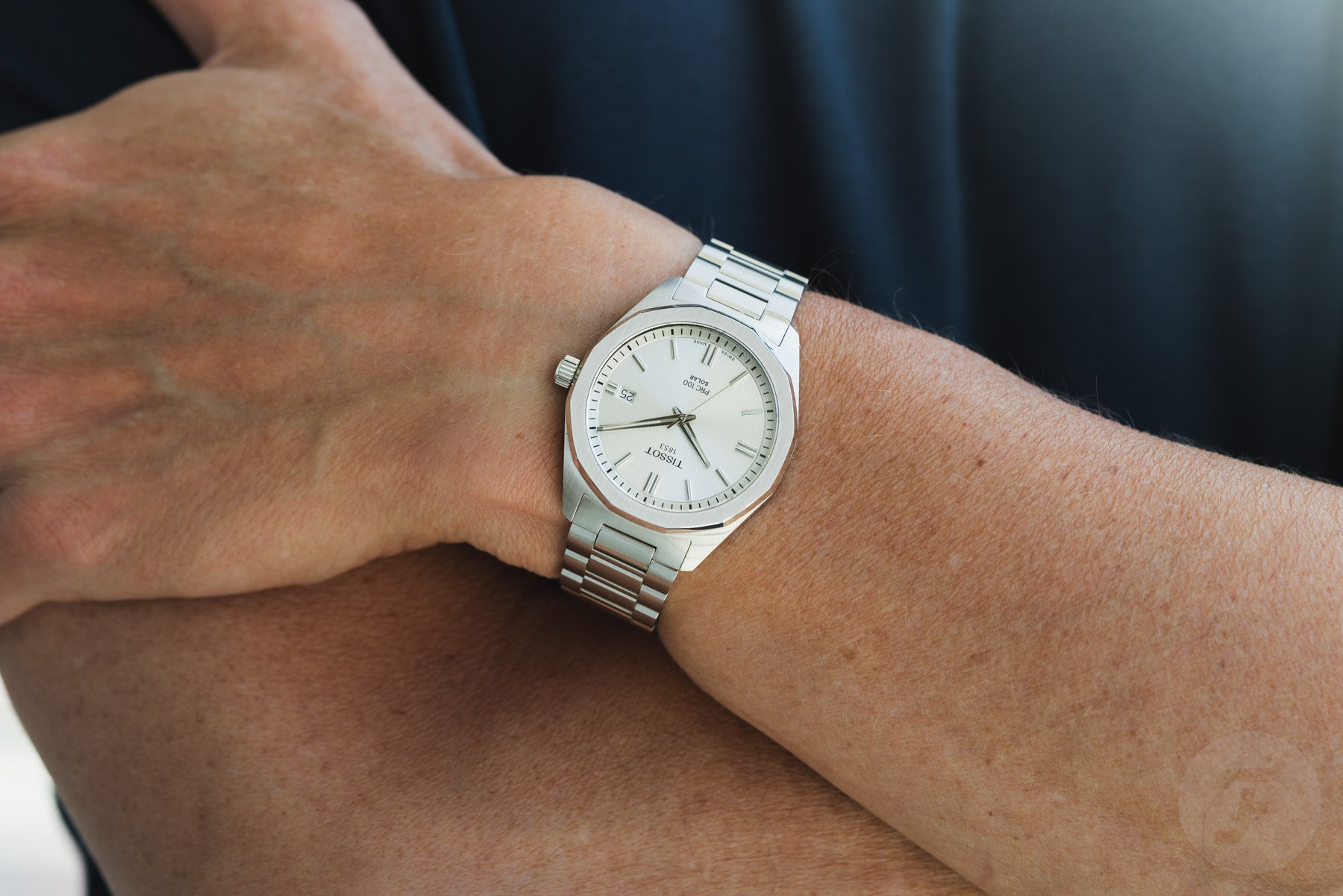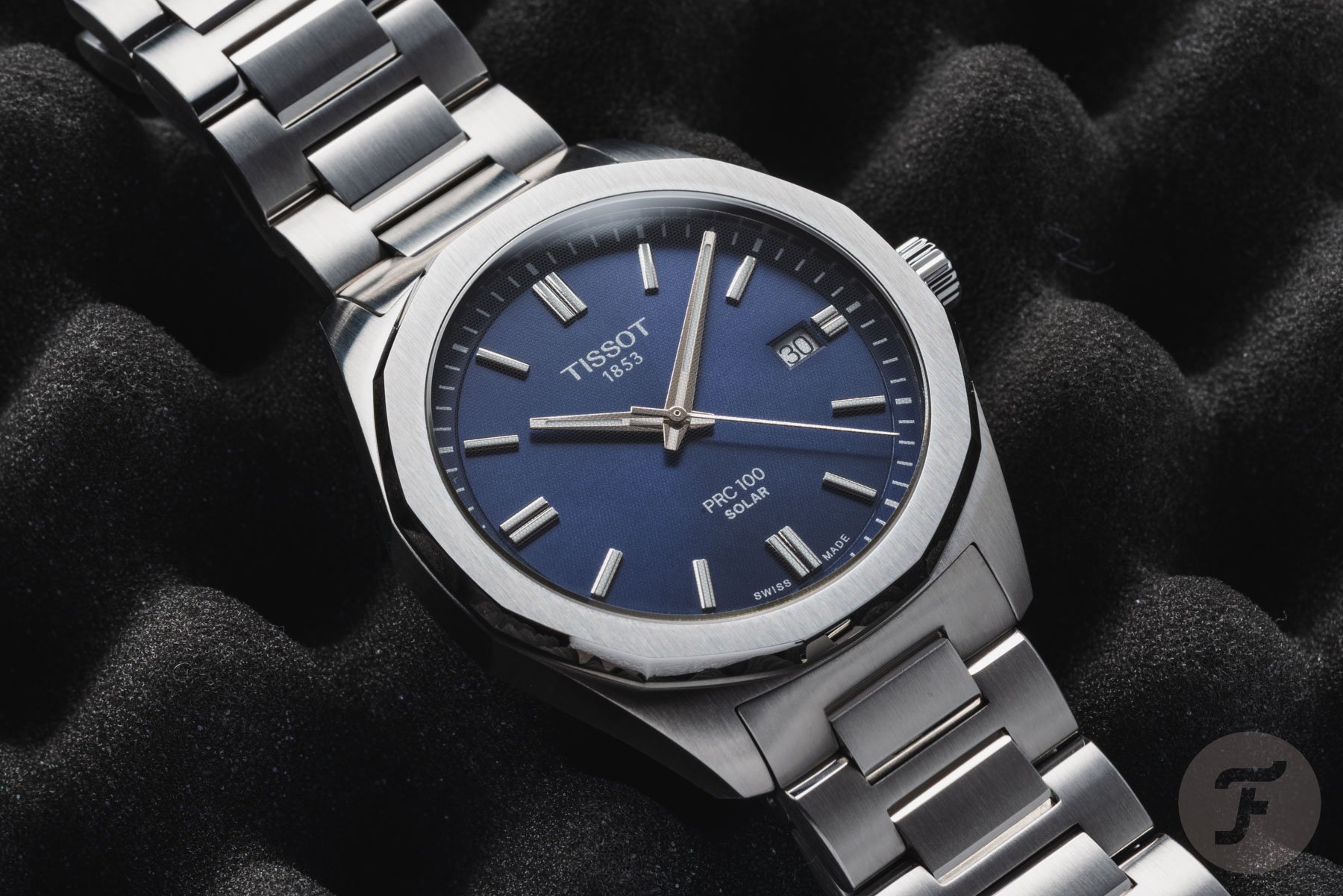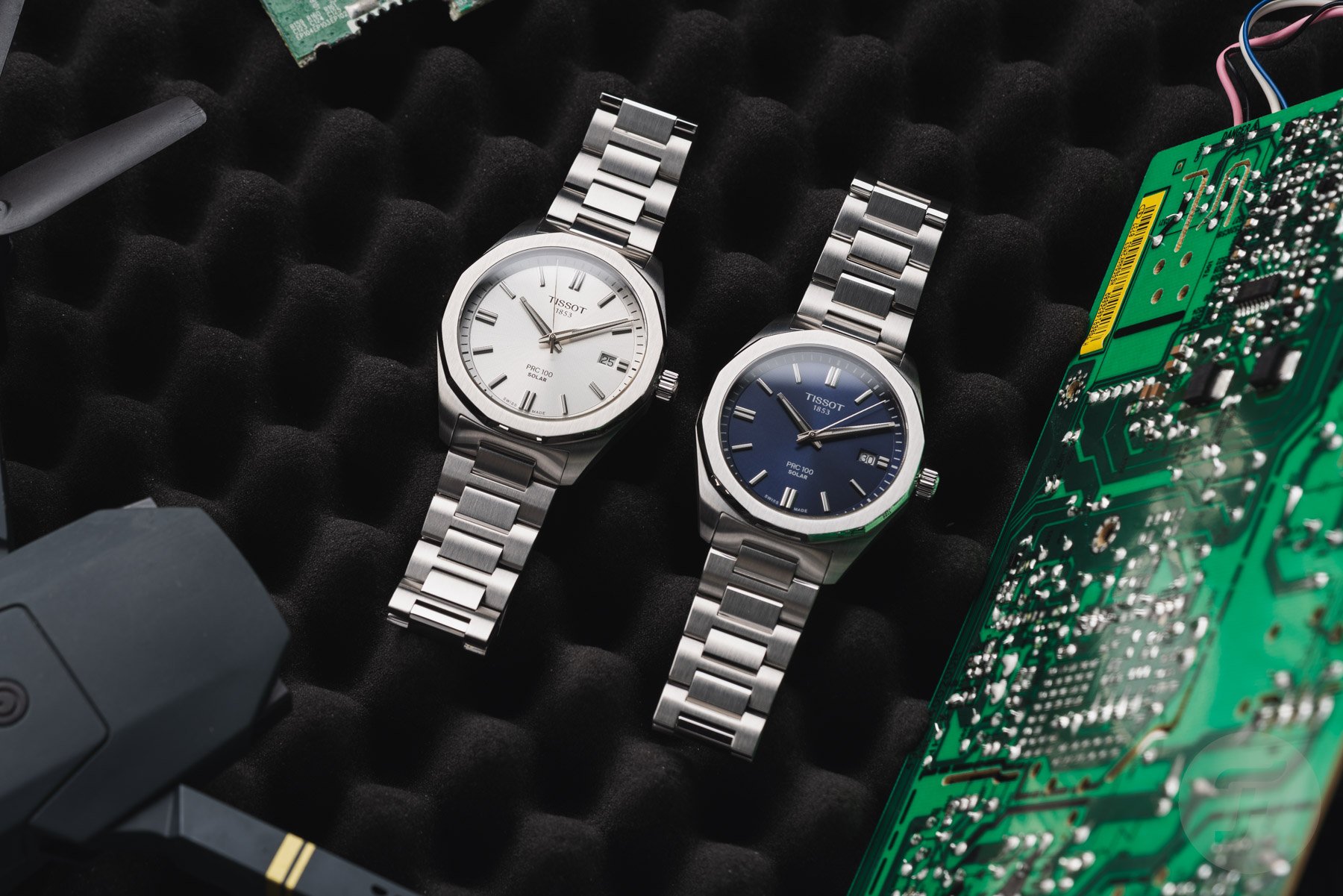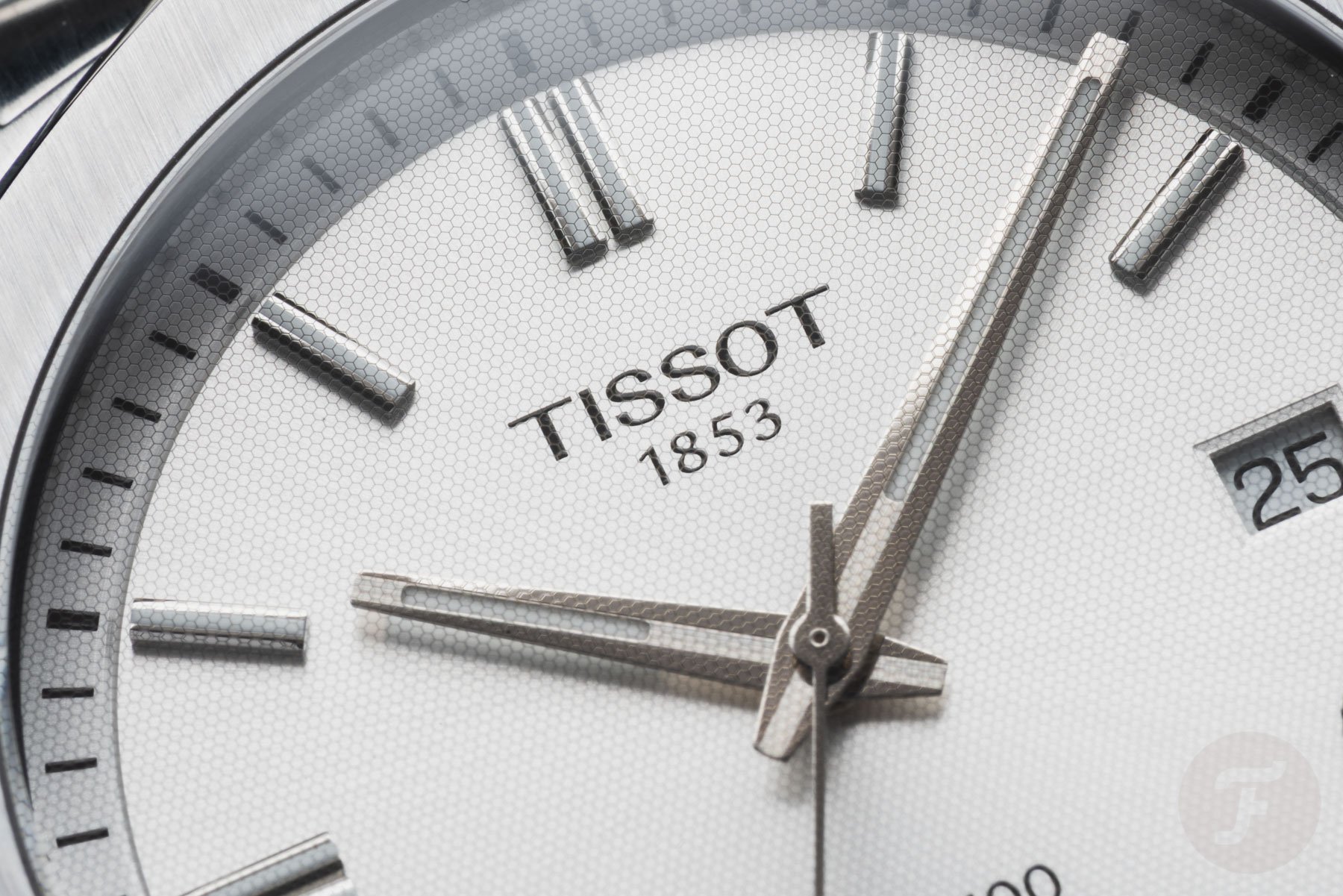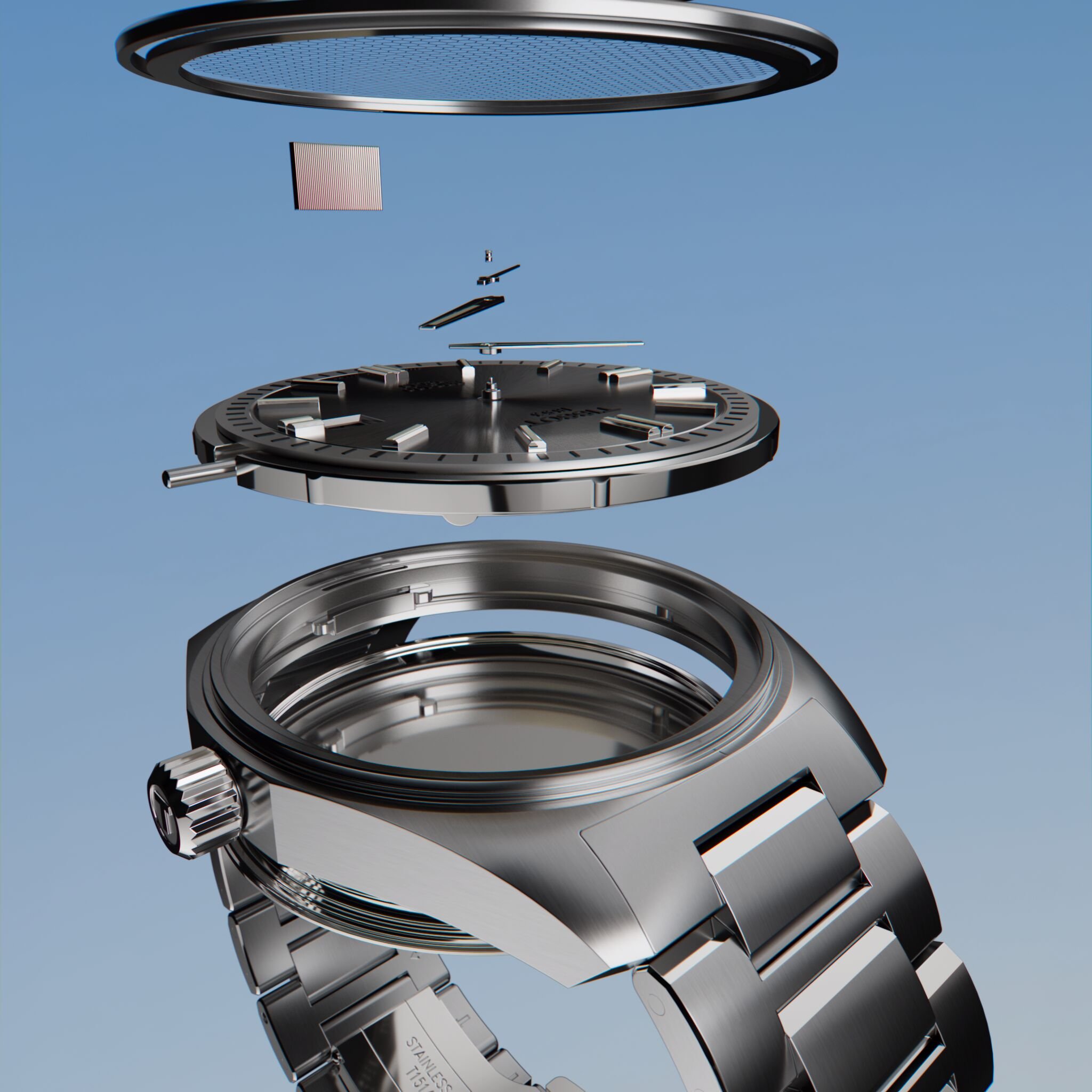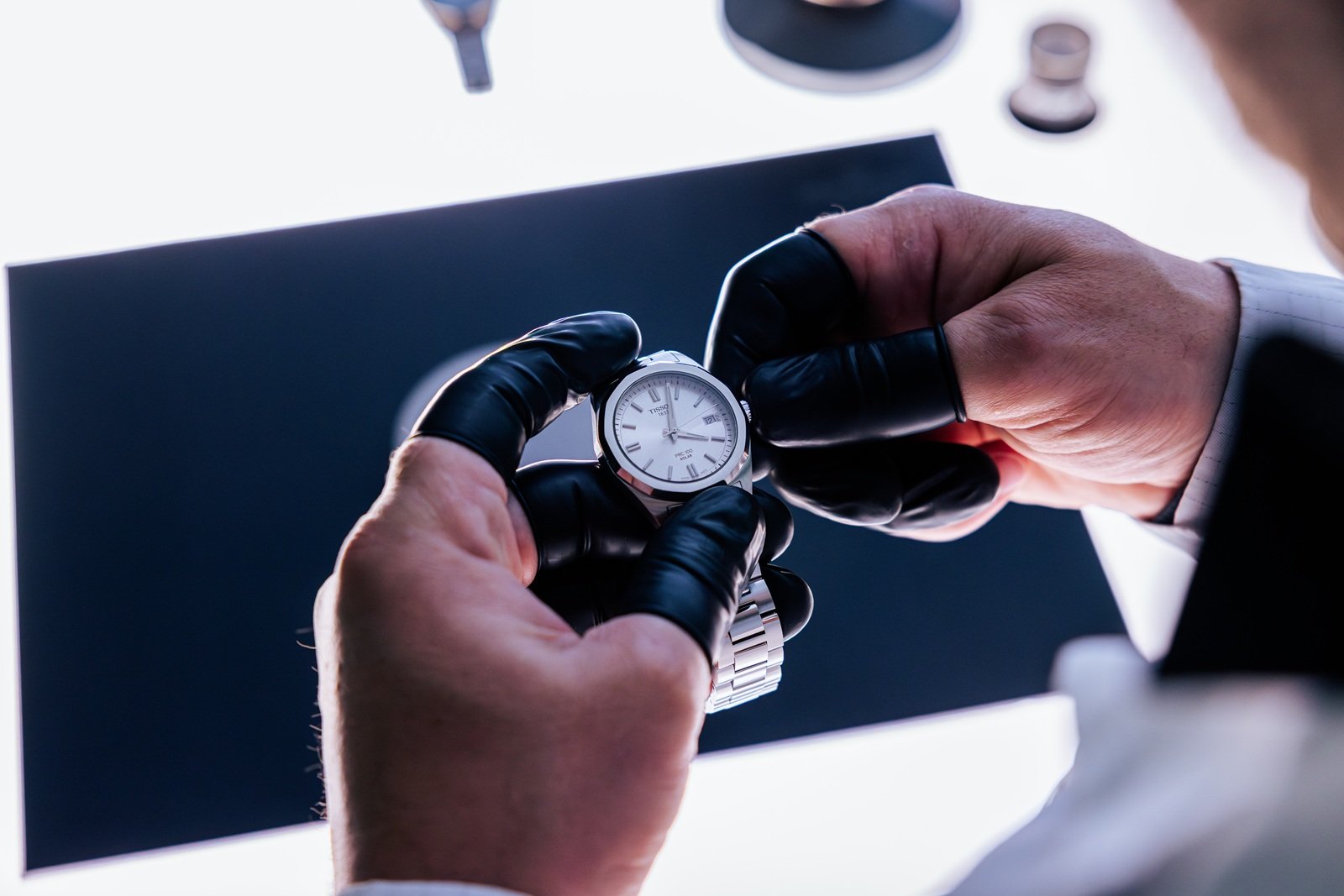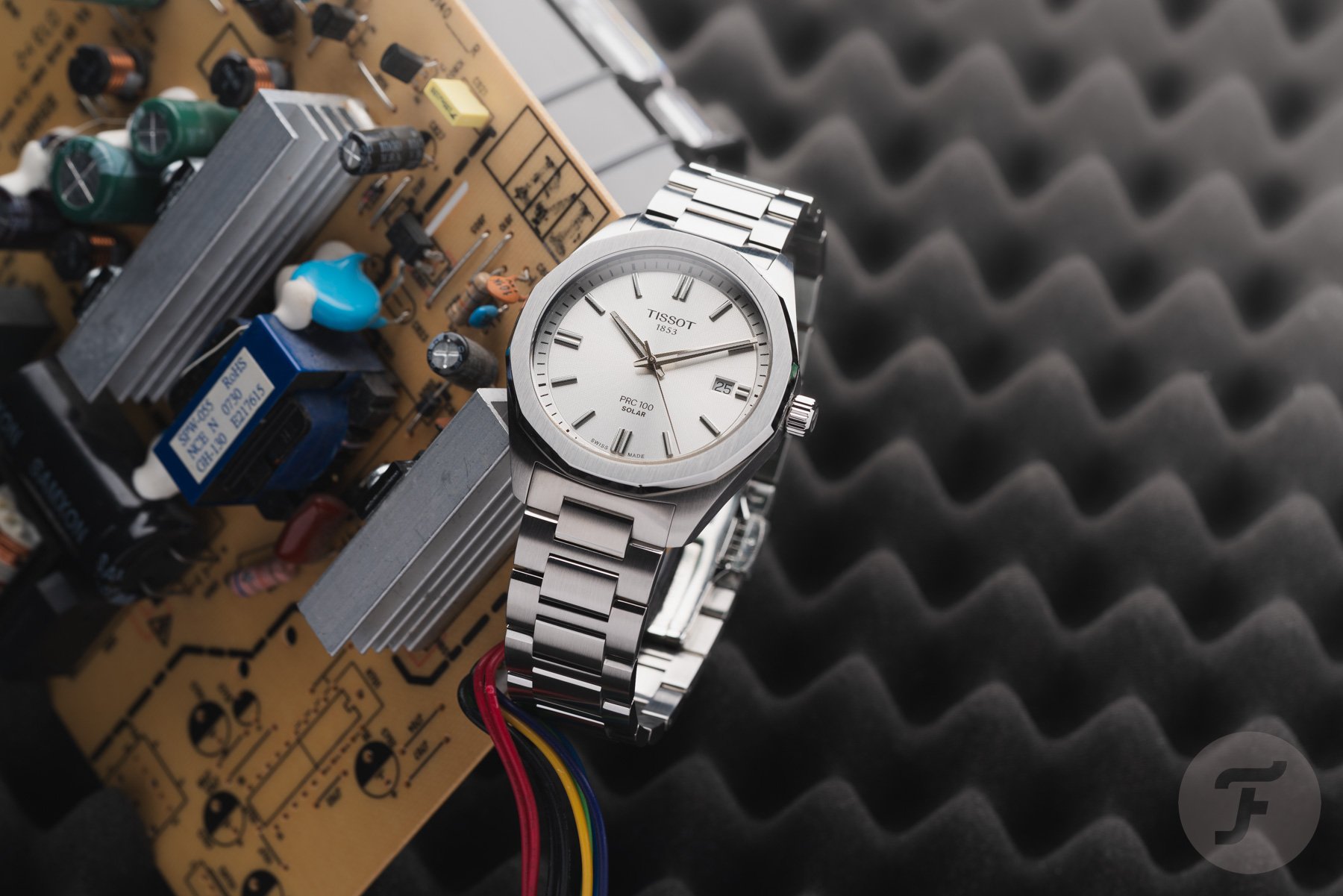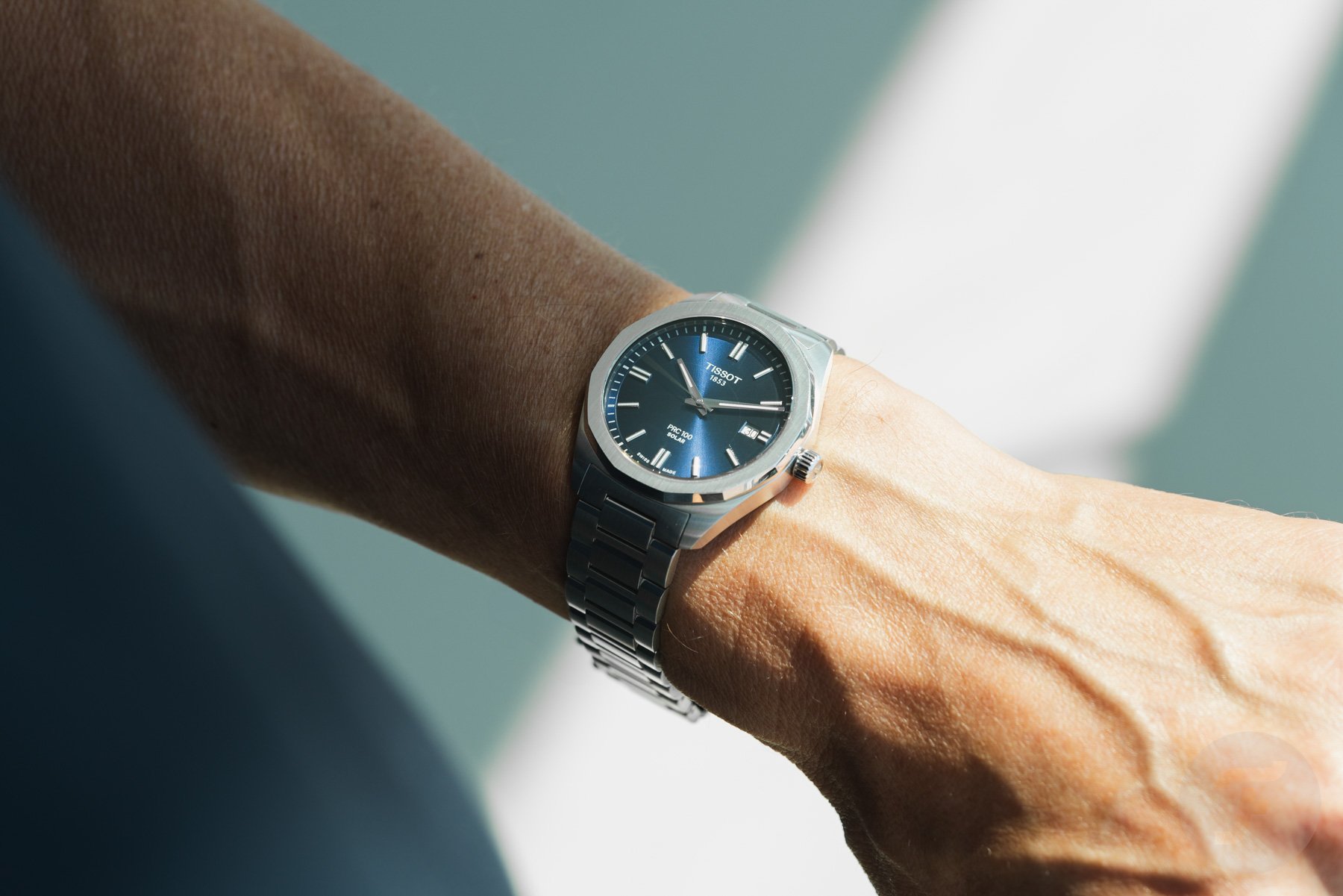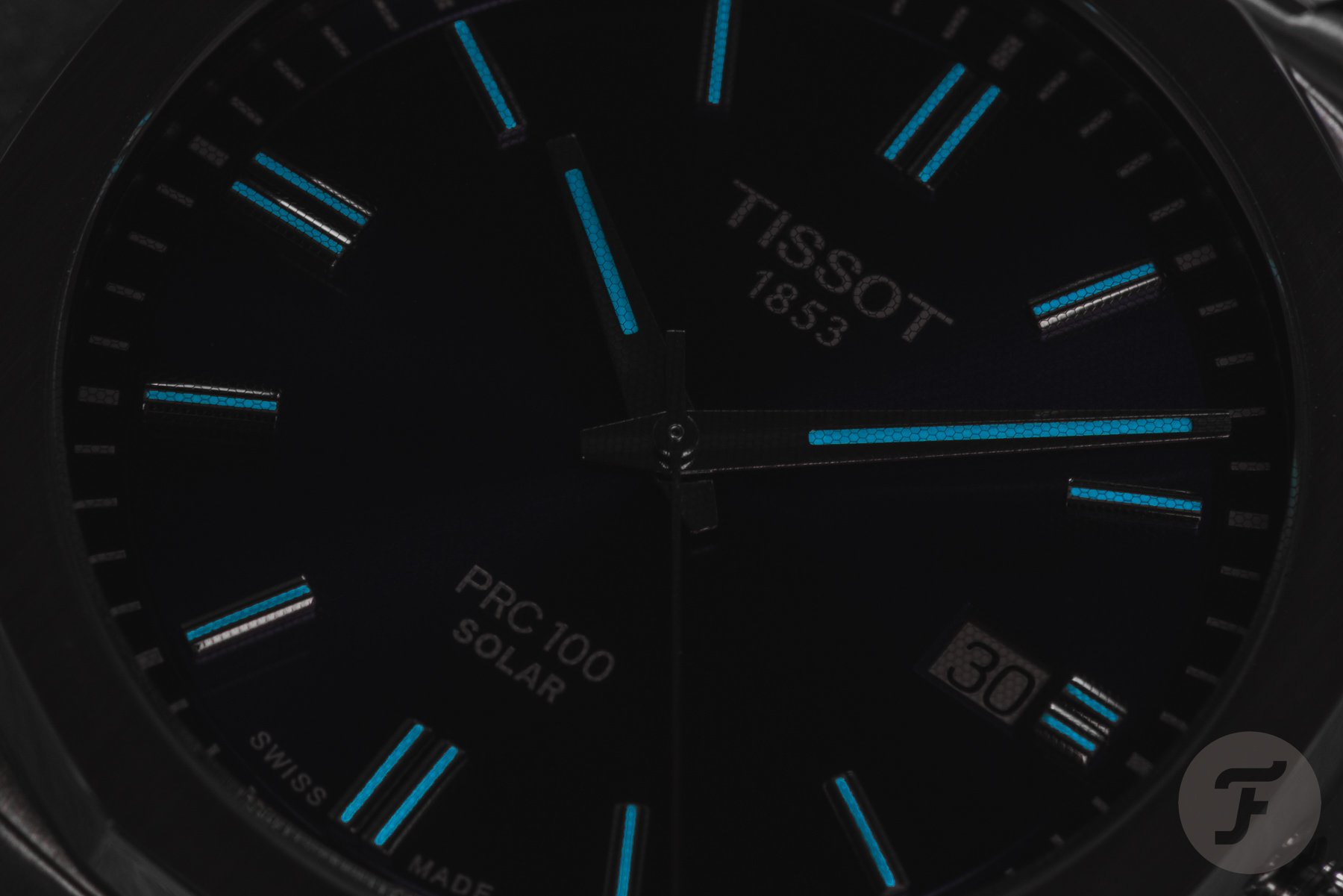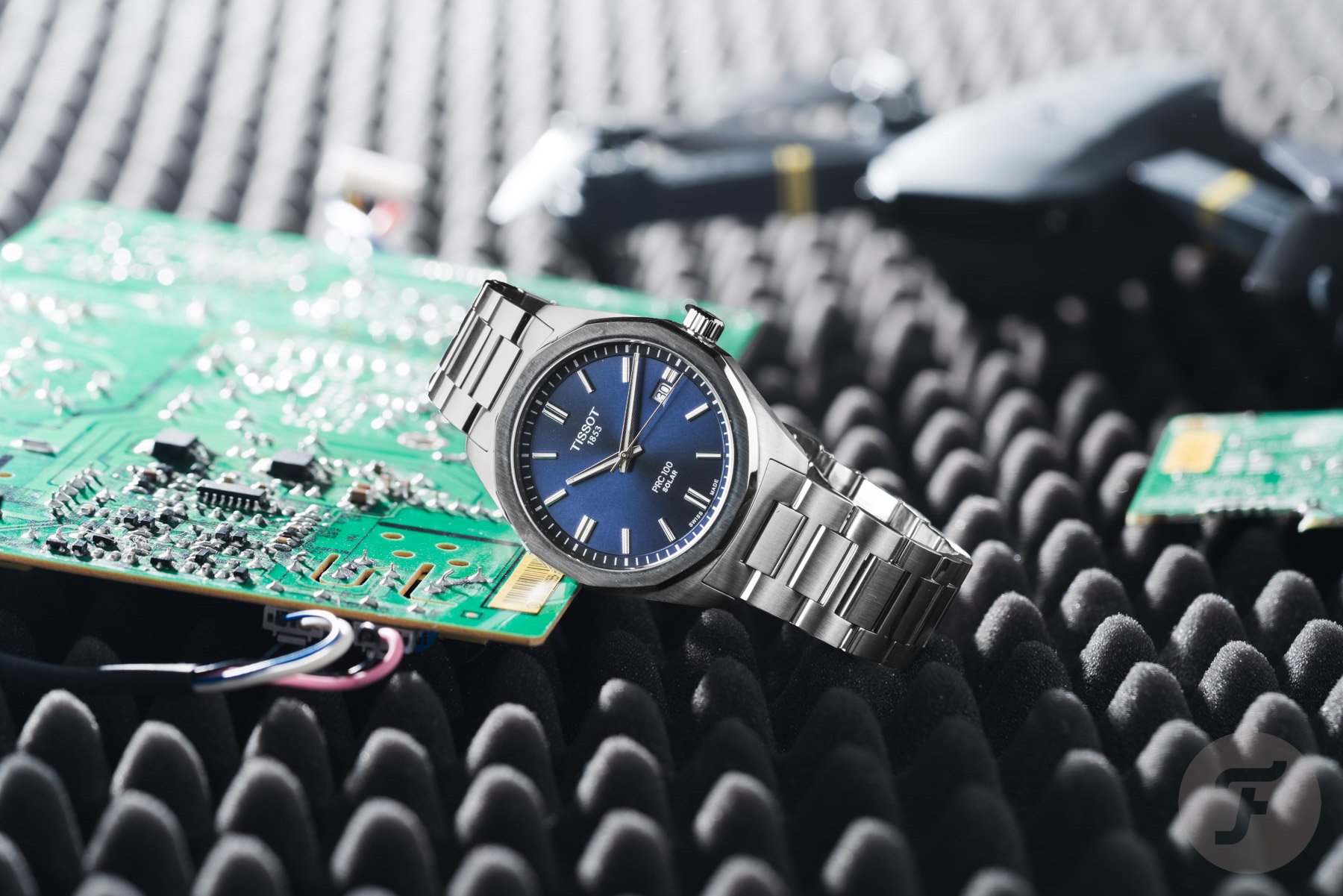Behind The Scenes At Tissot: Inside The Light-Powered Tissot PRC 100 Solar Quartz
Quartz movements took a next step when light started charging the power source. Tissot started using light as a “fuel” in 2014 when it introduced the T-Touch Expert Solar. This year, the brand from Le Locle presents the next technological step in the shape of the Lightmaster solar quartz movement. The movement is the heart of Tissot’s most important release of 2025, the sporty-chic PRC 100 Solar Quartz. This next-generation quartz watch doesn’t have photovoltaic panels on the dial. Instead, there’s a barely visible grid of thin, tiny hexagon-shaped solar cells to absorb the light. This means, for instance, that dial design has no restrictions. Fratello went behind the scenes at Tissot and visited the production site in the Swiss Jura to learn all there is to know about the new Lightmaster technology — how it’s made, what the advantages are, what is possible for the future, etc.
Visiting Tissot in Le Locle is like going to outer space. No, I don’t mean that the traditional watchmaking town in the Swiss Jura, just a stone’s throw away from the French border, is desolate. I’m referring to the hermetically sealed production site of the Lightmaster movement×. The people working on the movements are inside a cautiously sealed space within a space. Only their eyes are visible. The rest is meticulously covered, making these masked people look like scientists working inside a space lab on extraterrestrial technology they found on their galaxy-exploring mission. Well, in a way, they are doing otherworldly stuff. They’re harnessing the power of the star around which we revolve to make time visible.
Behind the scenes at Tissot: discovering the Lightmaster solar quartz movement
Developing the Lightmaster movement took an investment of CHF 20 million and a lot of effort from specialized partners within the Swatch Group. The combination of money and in-group expertise made the next-generation movement possible. When you’re looking for solar-powered watches on the Fratello website and type in “solar” in the search box, you will find out that TAG Heuer has the Solargraph, Cartier has the SolarBeat, and plenty of Seiko and G-Shock watches have solar-powered movements without a fancy name. What these watches have in common is photovoltaic panels on the dial. Tissot followed the same path with the T-Touch Connect. But the restrictions on dial design, especially for more elegant watches than the sporty and utilitarian T-Touch, led to the development of a new way of capturing light and turning it into power.
You might have heard of solar cells integrated into car windshields, offering a way to generate electricity from sunlight while driving or parked, but it’s not widespread technology. Whereas a windshield’s surface is substantial, a watch’s sapphire crystal is restricted. The advantages of a large surface are the number of solar cells you can use as well as the size. Yes, the cells need to be invisible, but they can still be substantially thicker than the ones that make sense for use in a watch. For the PRC 100 Solar Quartz, Tissot and its partners developed wafer-thin hexagon-shaped solar panels that are barely visible to the naked eye, offering an uninterrupted view of the dial and hands below.
The Lightmaster solar quartz movement explained
The light that passes through the watch’s sapphire crystal reaches the microscopic honeycomb-structured solar cells that absorb it. The energy is then transferred through the case-connected “zebra connector” — an elastomeric component that got its name because of the alternating layers of conductive and non-conductive (insulating) material, resembling the stripes of a zebra — to the Swiss-made ETA F06.615 quartz movement. Surplus energy is stored in a rechargeable accumulator, ensuring a 14-month autonomy in the dark on a full charge. And the caliber charges very efficiently. Ten minutes of daylight provides up to 24 hours of power, and a full charge in direct sunlight takes around six hours. In other words, you’ll always be wearing a fully charged watch in real-life situations.
The solar cells capture natural and artificial light to feed the accumulator, allowing the low-consumption movement to run continuously with minimal exposure. In the unlikely case the battery is running low, the End of Energy (EOE) indicator alerts you by moving the seconds hand in four-second intervals. A little light will let it quickly resume its regular pace.
Millions of movements
Did you know that Tissot makes around four million watches annually? In other words, the brand is all about volume. With that in mind, let’s look at the Lightmaster solar quartz movement again and the watch it debuts in, the PRC 100. The three letters in the name stand for “Precise,” “Robust,” and “Classic,” and the first PRCs appeared in 2005. They had 12-sided bezels and were affordable quartz watches, just like the new ones. Now, there’s a five-piece collection of 39mm models. There are three dial colors and the option of interchangeable straps or bracelets. Later this year, the 34mm models will debut.
The silver and deep blue sunray dials are radiant and have a somewhat archetypal luxurious look; shiny equals luxury. The 9.22mm thickness of the 39mm models is indeed luxurious. And truth be told, the PRC on a bracelet does punch above its weight. It does so in terms of looks and quality, but I’ll share more on that and how it wears and feels in an upcoming hands-on review.
As mentioned, Tissot is all about volume. However, producing enough Lightmaster movements for its most important release of the year proves challenging. The PRX’s success surprised the brand, yet the demand for the watches in the PRC collection — prices start at €445 for a version on a leather strap — was expected. Nevertheless, demand and production capacity are not quite balanced yet. It doesn’t come as a surprise after seeing the manufacturing setup and thinking of the six-figure production that was probably calculated to earn back the big investment.
Optimal light absorption
In a strictly controlled, dust-free environment that’s like a world inside a world, the construction of a Lightmaster solar quartz movement starts with a raw mineral glass panel coated in a thin layer of amorphous silicon. This layer undergoes an acid treatment to form a dense honeycomb pattern for optimal light absorption. After that, a laser shapes the panel, and a protective film is applied, leaving only a small area exposed for a zebra-type connector. Mineral glass is the glass of choice in microelectronics for, among other aspects, its efficiency and cost-effectiveness.
The honeycomb-patterned mineral glass, visible only upon close inspection, is laminated to the underside of an outer sapphire glass layer. This final assembly shields the dial and the active electronic glass from external elements. It also boosts performance, as the photovoltaic cells are sandwiched between the two glass layers and secured to the case with a locking ring.
Constructing a Lightmaster solar quartz movement is incomparable to building a mechanical minute repeater. Still, it is a new and challenging production method that Tissot will continue to streamline and possibly expand. It also needs to be mentioned that the human hand and eye still play an essential (and time-consuming) part in producing flawless solar-powered quartz movements.
“This technology should never be in such an affordable watch.”
Despite the considerable investment and the complicated construction, the price of the final product, the PRC 100 Solar Quartz, is quite affordable. Tissot CEO Sylvain Dolla took time to talk about every aspect of the watch and its completely new and innovative movement after the extensive factory tour. He jumped on the remark that seeing this groundbreaking and, quite frankly, expensive technology inside such an affordable watch is quite the surprise.
“You’re right. This technology comes at a cost, and, to be honest, it should never be in a €400 watch. It could be in a €1,000 watch. But since we’re the leading Swiss watch brand in terms of volume, we integrate the whole value chain. So it was a strategic decision to cut our margin and offer the best possible solar-powered watch on the market. If the volume goes up, we win.”
It seems Tissot is winning because the PRC 100 Solar Quartz is in hot demand. The demand currently outweighs the production numbers, which is a positive sign. One remark: people waiting for a complicated Haute Horlogerie creation are more patient than those willing to spend around €500 on an entry-level luxury watch. But with all the expertise and experience present at Tissot and the group it’s in, striking the right balance between supply and demand is on the horizon. It’s a priority for the volume-driven brand.
Solar-powered luxury
Seeing the laboratory-like conditions under which the Lightmaster movements are made is exciting stuff. It also made me think. Precise and carefree operation is a luxury, so watch brands should offer more luxury solar-powered quartz watches — not just elegant creations but also functional watches, such as the Omega X-33 and the Breitling Emergency or Aerospace. These watches don’t just need to work, but they must also symbolize the tradition of innovation. And isn’t pushing technical boundaries the age-old motivation for Swiss watchmakers? Technological advancement is necessary if watches, whether mechanical or quartz, are going to stay relevant.
Solar-powered watches can also act as the perfect gateway to mechanical watchmaking. That’s not just because of the friendly price but also because the absence of a battery that needs changing is in the same spirit as an automatic movement. Okay, this next statement requires a bit of mental gymnastics, but a battery-powered movement needs human interaction just like a hand-wound movement. An automatic movement, just like a solar-powered one, will theoretically run forever.
Thoughts about the future
During the factory tour, I also thought of future quartz movements using the Lightmaster technology. Would it be possible to create chronographs or even perpetual calendars with it? The limiting factor so far is the number of hexagon-shaped solar panels in the glass. The smaller the watch, the fewer cells, which results in less energy. The existing 39mm PRC 100 Solar Quartz and the upcoming 34mm model work just fine. A 28mm model, however, would be challenging. Using the technology to power something more complicated than a three-hander with a date is also a challenge if you want to create something with a reasonable case size. The market for 50mm chronographs is tiny. And since Tissot does everything in volume, we need to be patient. Eventually, the technology will evolve and emerge in more complicated watches. Give it time, and it will come.

